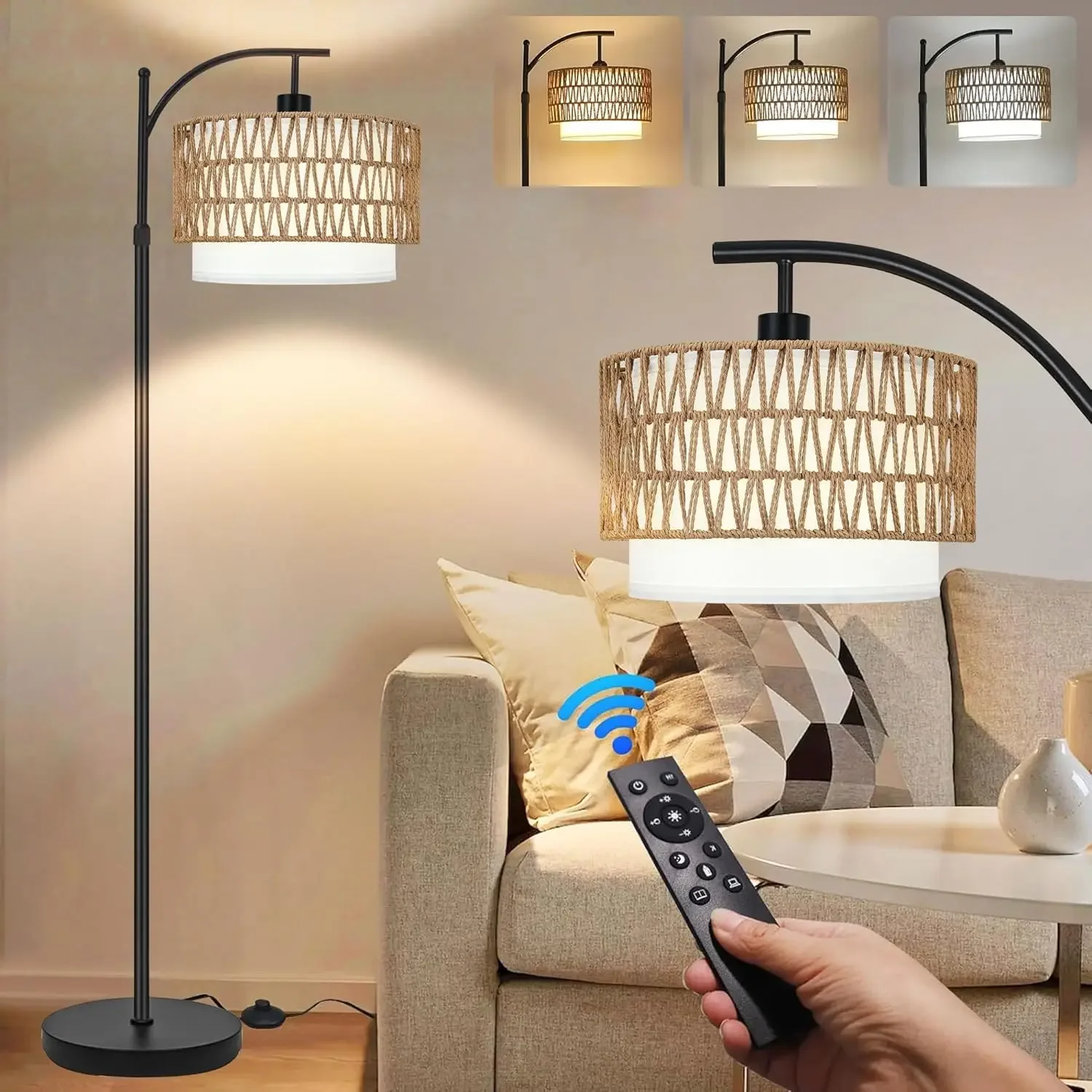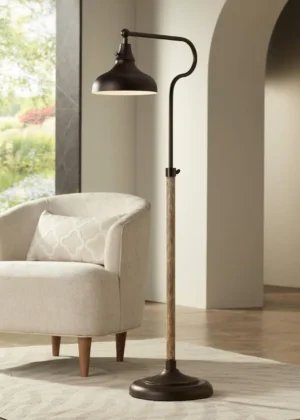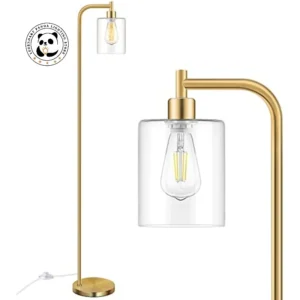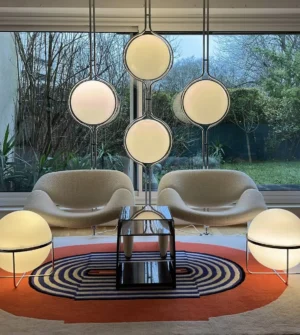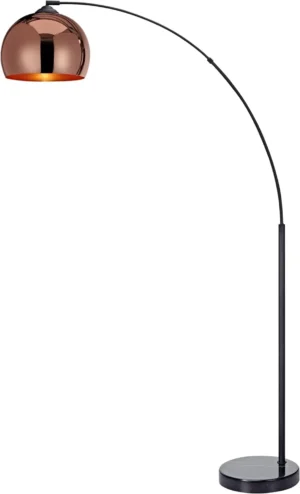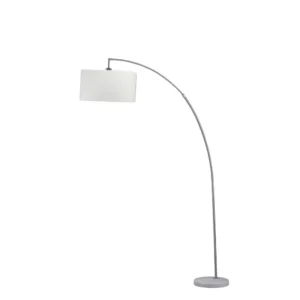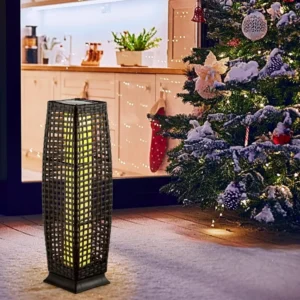Introduction: The Art of Seamless Integration
Creating a truly inviting home goes beyond selecting beautiful furniture pieces and lighting fixtures independently. The magic happens when these elements work together in perfect harmony. Thoughtful coordination between furniture and lighting transforms ordinary rooms into cohesive, functional, and visually stunning spaces that feel intentionally designed.
Light dramatically transforms how we perceive furniture, affecting everything from color intensity to texture visibility and spatial dimensions. The same sofa can appear completely different under warm ambient lighting versus cool directional light. Understanding this relationship allows you to enhance your furniture’s best features while creating the perfect atmosphere for your space.
In this guide, we’ll explore the fundamental principles of furniture and lighting coordination, from understanding different lighting types to mastering scale, proportion, and style relationships. By the end, you’ll have the knowledge to create spaces where every element feels like it belongs together, elevating your entire home’s aesthetic and functionality.
Understanding the Impact of Light on Furniture
The relationship between light and furniture is transformative and often underestimated. Different lighting conditions can dramatically change how furniture appears in your space:
Color Perception
Light sources with different color temperatures will alter how furniture colors appear. Warm lighting (yellowish) enhances red and orange tones in wood furniture, making cherry or mahogany pieces look richer and more inviting. Cool lighting (bluish) brings out blue and green undertones, often complementing gray or white furniture.
Texture Enhancement
Directional lighting creates shadows that emphasize texture. When light strikes furniture at an angle, it highlights the grain in wooden pieces, the weave in textiles, and the dimension in carved details. This is why antique furniture often looks more impressive under properly angled lighting that accentuates its craftsmanship.
Visual Weight and Dimension
Lighting placement affects how substantial furniture appears. Overhead lighting can make furniture seem flatter, while side lighting creates depth and dimension. Strategic lighting can make bulky pieces appear lighter or give more presence to delicate furniture, helping to balance your space.
The way you pair lighting with specific furniture pieces fundamentally changes how those pieces are experienced. A beautiful leather armchair might disappear in a dim corner but become a stunning focal point when illuminated by a well-placed floor lamp. Similarly, glass or metallic furniture elements come alive when light interacts with their reflective surfaces.
Understanding these interactions allows you to make intentional choices that showcase your furniture’s best features while creating the desired mood and function for each room.
Essential Types of Lighting for Furniture Enhancement
Creating a well-designed space requires understanding different types of lighting and how each interacts with your furniture. The secret to professional-looking interiors is using a layered approach with these three essential lighting types, each serving a specific purpose in furniture arrangements with thoughtful lighting.
Ambient Lighting: Setting the Foundation
Ambient lighting provides the base layer of illumination that fills your entire room, creating the overall mood and ensuring functionality. This foundational lighting sets the stage for how your furniture will be perceived.
- Ceiling-mounted fixtures like chandeliers, flush mounts, and recessed lights distribute light evenly throughout the space
- Well-placed ambient lighting eliminates harsh shadows that can make furniture look flat or distorted
- The height of ceiling fixtures should be proportional to ceiling height and furniture scale
- Dimmable lighting options allow you to adjust brightness based on time of day and activities
When selecting ambient lighting, consider the size of your room and the height of your furniture. Lower ceiling fixtures work best in spaces with lower furniture profiles, while taller ceiling fixtures complement spaces with higher-backed seating or tall bookshelves.
Task Lighting: Functionality Meets Style
Task lighting focuses illumination on specific areas where activities take place, making it essential for furniture used for reading, working, cooking, or other detailed tasks.
- Reading lamps should position light over your shoulder to illuminate books without creating glare
- Desk lamps should light your work surface evenly without casting shadows on your hands
- Kitchen task lighting should illuminate countertops without being blocked by cabinetry
- The style of task lighting should complement the furniture it serves while providing proper functionality
When selecting task lighting, consider both the height and function of your furniture. A desk lamp that works perfectly for a standard-height desk may be too short for a standing desk. Similarly, a reading lamp that pairs beautifully with a low modern armchair might look out of proportion next to a high-backed traditional chair.
Accent Lighting: Highlighting Your Furniture Stars
Accent lighting draws attention to specific furniture pieces, architectural features, or decor elements, creating visual interest and depth in your space.
- Wall sconces can frame large furniture pieces like beds or sideboards
- Picture lights showcase artwork above sofas or console tables
- LED strip lighting under shelving highlights displayed items
- Uplights placed behind or under furniture create dramatic shadows and highlights
Accent lighting should be about three times brighter than ambient lighting to create effective contrast. This type of lighting is perfect for highlighting statement furniture pieces, like an antique cabinet, a uniquely textured chair, or a sculptural coffee table.
LED lighting options are particularly versatile for accent lighting, allowing you to highlight furniture details without generating excess heat that could damage delicate materials.
Principles of Scale and Proportion in Furniture and Lighting
Achieving balance between your furniture and lighting fixtures depends heavily on proper scale and proportion. Even the most beautiful lighting fixture can look awkward if improperly sized relative to your furniture.
For overhead fixtures, a general rule is that the diameter of a chandelier or pendant should be about 1/2 to 3/4 the width of the table below it. For example, a 48-inch dining table pairs well with a 24-30 inch diameter light fixture. This ensures visual balance without overwhelming the furniture.
Table lamp proportions should relate to the furniture they sit on. The ideal table lamp height (including the shade) should be approximately the same height as the side table plus 2-3 inches. The lamp shade’s diameter should not extend beyond the table’s edge when placed toward the back of the surface.
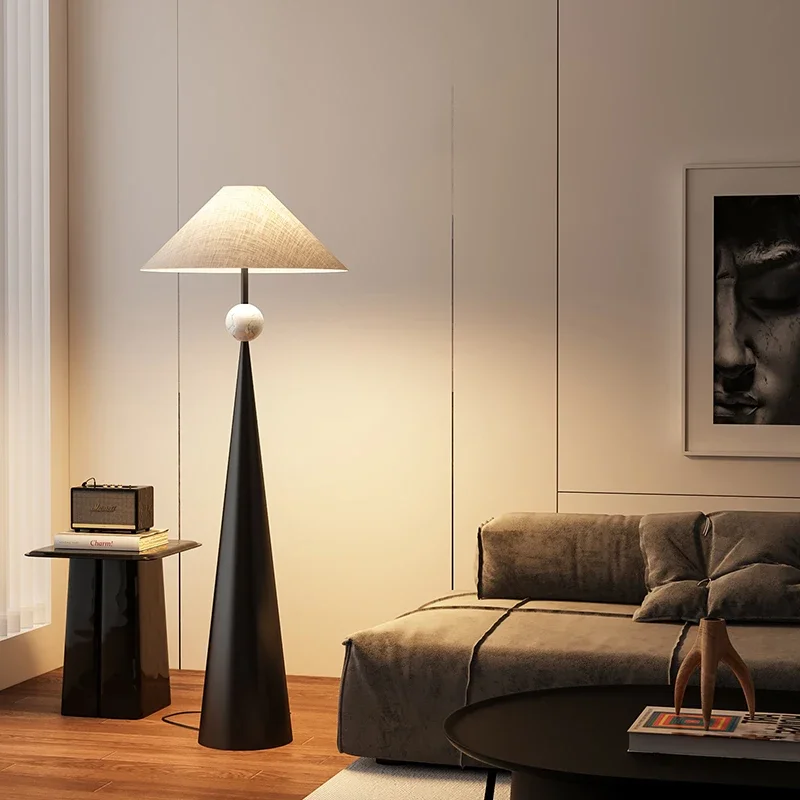
Floor lamps require careful consideration of furniture height. Generally, the bottom of a floor lamp shade should sit at approximately eye level when you’re seated on adjacent furniture. This provides ideal light distribution for reading or conversation without creating glare. Oversized arched floor lamps work beautifully with lower-profile seating arrangements, creating architectural interest while maintaining proper light positioning.
Visual weight is as important as actual measurements. A delicate, transparent glass pendant might be the same size as a heavy metal fixture, but they create entirely different impressions. Match the visual weight of your lighting to your furniture—substantial, heavy furniture pairs well with lighting that has presence, while lighter, more delicate furniture needs lighting with a correspondingly lighter feel.
When arranging multiple lighting elements, maintain consistent proportions throughout the space. If your pendant light is 1/3 the width of your dining table, your floor lamp might be approximately 1/3 the width of your sofa for visual consistency.
Color Temperature: Creating Cohesive Atmospheres
The color temperature of your lighting dramatically affects how furniture colors, textures, and finishes appear in your space. Understanding this relationship helps you create atmospheres that enhance your furniture’s best qualities.
Color temperature is measured in Kelvins (K) on a scale that ranges from warm to cool:
| Color Temperature | Appearance | Best Furniture Pairings |
|---|---|---|
| Warm (2700-3000K) | Soft, yellowish light | Wood furniture (especially red tones), leather, textiles with warm colors |
| Neutral (3500-4100K) | Balanced white light | Versatile – works with most furniture types |
| Cool (5000-6500K) | Bright, bluish light | Glass, metal, white or gray furniture, modern materials |
Warm lighting (2700-3000K) brings out the rich tones in wood furniture, especially pieces with red undertones like cherry, mahogany, or walnut. It makes textiles appear softer and more inviting, enhancing the cozy feeling of upholstered pieces. This temperature is ideal for traditional furniture styles and creates a relaxing environment for living rooms and bedrooms.
Neutral lighting (3500-4100K) provides balanced illumination that most closely resembles natural daylight. This temperature shows furniture colors most accurately and works well in versatile spaces like dining rooms or multi-purpose areas where you want furniture colors to appear true to life.
Cool lighting (5000-6500K) complements contemporary furniture with cool-toned materials like glass, chrome, or white laminates. It enhances the crispness of modern designs and makes blues and greens more vibrant. However, it can make warm-colored wood appear dull or grayish.
The impact of lighting on room atmosphere extends beyond color temperature to include how the light interacts with different furniture materials. For instance, leather furniture looks richest under warm, directional light that highlights its natural variations and texture. Glossy surfaces like lacquer or glass benefit from lighting that enhances their reflective qualities without creating harsh glare.
When selecting lighting, consider not just the temperature but also how evenly it distributes. Diffused lighting softens furniture edges and creates a gentle atmosphere, while directional lighting creates stronger contrasts and highlights specific furniture features.
Coordinating Furniture and Lighting Styles
Matching Materials and Finishes
Creating visual harmony between furniture and lighting often starts with thoughtful material coordination. When materials and finishes complement each other, they create a sense of intentional design that elevates your entire space.
Metal finishes offer excellent opportunities for coordination. Match the metal finish of your lighting fixtures with furniture hardware, table legs, or decorative elements for a cohesive look. For example:
- Brass lighting fixtures complement warm wood tones like oak or walnut
- Brushed nickel or chrome lighting pairs beautifully with glass and steel furniture
- Black matte metal works well with both modern and industrial furniture styles
- Marble-based lighting fixtures create natural texture connections with stone tabletops or marble accents
When mixing metal finishes, limit yourself to 2-3 different finishes in a single room to maintain visual cohesion. Consider one dominant metal finish for major elements, with 1-2 accent finishes for smaller details.
Texture coordination creates subtle connections between lighting and furniture. Woven lamp shades echo the texture of rattan furniture, while smooth glass lighting complements polished wood surfaces. These material relationships create a sophisticated, layered look that feels purposeful rather than matched too perfectly.
Harmonizing Design Styles
Successfully coordinating furniture and lighting styles requires understanding their fundamental design languages. There are three main approaches to style coordination:
Direct matching: Choosing lighting and furniture from the same design era or style (like mid-century modern furniture with mid-century inspired lighting)
Complementary contrast: Pairing styles that differ but share common elements or proportions (like industrial lighting with rustic furniture, both sharing simple forms and raw materials)
Eclectic mixing: Combining diverse styles unified by color, scale, or material relationships (like antique furniture with contemporary lighting connected through consistent metal finishes)
Harmonizing lighting with your overall design aesthetic depends on identifying the key characteristics of your furniture style. For contemporary furniture with clean lines and minimal ornamentation, look for lighting with similar qualities—simple forms, uncluttered designs, and modern materials. Traditional furniture with curved lines and detailed craftsmanship pairs well with lighting that echoes these qualities through shaped shades or decorative bases.
Creating intentional contrast can be particularly effective. A sleek, modern floor lamp can prevent a room filled with vintage furniture from feeling dated. Conversely, an ornate chandelier can add character to minimalist furniture. The key is ensuring at least one element—material, color, or proportion—creates a bridge between the contrasting pieces.
Room-by-Room Guide to Furniture and Lighting Coordination
Living Room Lighting Strategies
The living room demands versatile lighting to accommodate various activities and highlight your furniture arrangements effectively:
- Position floor lamps at the corners of seating arrangements to provide even illumination without creating glare
- Table lamps on end tables should be tall enough that the bottom of the shade is at eye level when seated (typically 24-27 inches total height)
- For sectional sofas, consider arc floor lamps that can reach over the seating area from behind
- Wall sconces positioned at eye level (around 60-66 inches from the floor) complement furniture without taking up surface space
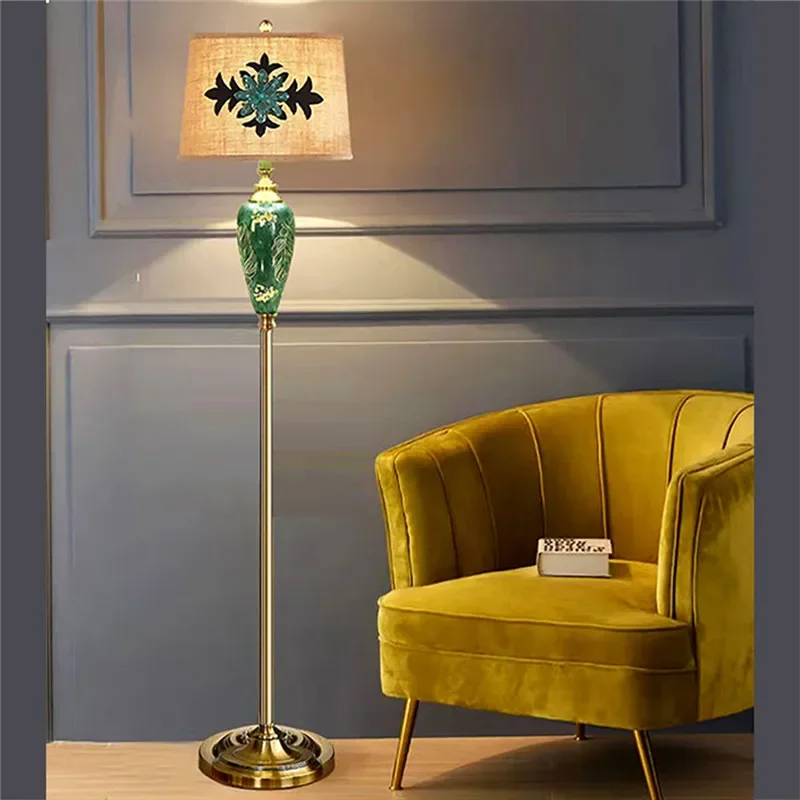
When arranging living room furniture with arc floor lamps, place the lamp base outside the main traffic flow while positioning the arched head above conversation areas or reading spots. This creates both dramatic visual interest and functional lighting without cluttering your seating arrangement.
For entertainment centers, consider LED strip lighting behind the TV to reduce eye strain and add ambient glow. Bookcase lighting should illuminate shelves evenly, highlighting both the spines of books and decorative objects that complement your furniture style.
Dining Room Harmony
Dining rooms present unique opportunities for dramatic lighting over tables while maintaining practical functionality:
- Hang pendants or chandeliers 30-36 inches above the dining table surface for optimal illumination without blocking sightlines
- Select fixtures approximately 1/2 to 3/4 the width of your dining table to maintain proper proportion
- For rectangular tables, choose either one centered fixture or multiple pendants spaced evenly along the table length
- Add buffet lamps on sideboards that echo the style of your overhead fixture while providing additional light
When selecting dining room lighting, consider both the table material and shape. Glass or reflective tables work beautifully with fixtures that create interesting light patterns, while solid wood tables pair well with lighting that enhances their natural grain and color.
Remember that dining room lighting should be dimmable to adjust from bright, task-oriented meals to intimate dinners. This flexibility allows your furniture to appear its best in various lighting scenarios.
Bedroom Lighting for Furniture Enhancement
Bedroom lighting should create a peaceful atmosphere while providing practical illumination that complements your furniture arrangement:
- Bedside lamps should be proportional to your nightstands—generally about 1.5 times the height of the surface they sit on
- The bottom of pendant light shades should hang 28-30 inches above nightstand surfaces when used in place of table lamps
- Overhead fixtures should be centered in the room, typically aligned with the foot of the bed rather than directly above it
- Consider wall-mounted sconces at headboard height to free up nightstand space
For dressing areas, lighting should be positioned to illuminate your face evenly without casting shadows. Vanity lighting around mirrors works best when paired with furniture that complements the fixture style—for instance, a modern floating vanity with sleek, minimal lighting or a traditional dresser with more decorative sconces.
Adjustable Arc Floor Lamp, Bronze Arc Floor Lamp
Price range: $440.95 through $558.52 Select options This product has multiple variants. The options may be chosen on the product pageBrass Arc Floor Lamp, Contemporary Arc Floor Lamp, LED Arc Floor Lamp
Price range: $490.72 through $522.04 Select options This product has multiple variants. The options may be chosen on the product pageChrome Arc Floor Lamp, LED Arc Floor Lamp
Price range: $304.95 through $1,210.40 Select options This product has multiple variants. The options may be chosen on the product pageContemporary Arc Floor Lamp, Large Arc Floor Lamp, Marble Base Arc Floor Lamp
$224.94 Select options This product has multiple variants. The options may be chosen on the product pageContemporary Arc Floor Lamp, Silver Arc Floor Lamp
$459.99 Select options This product has multiple variants. The options may be chosen on the product pageLED Arc Floor Lamp, Rattan Arc Floor Lamp
$313.58 Select options This product has multiple variants. The options may be chosen on the product page
Home Office Lighting Solutions
Home office lighting directly impacts both productivity and comfort while complementing your workspace furniture:
- Position task lighting to illuminate your work surface without creating screen glare or casting shadows on your keyboard
- Desk lamps should be 16-18 inches above the work surface with adjustable arms for flexibility
- If using overhead lighting, position it slightly behind your seated position to prevent screen reflections
- Add accent lighting for bookshelves and diplomas that complements the style of your office furniture
Adjustable lighting options are particularly valuable in home offices, allowing you to redirect light as needed for different tasks. Look for fixtures with articulating arms or heads that can be repositioned without moving the entire lamp.
For multi-purpose home offices that double as guest rooms or exercise spaces, consider lighting zones that can be activated separately. This allows you to illuminate only the furniture being used for your current activity.
Common Mistakes to Avoid in Furniture and Lighting Coordination
Even well-selected furniture and lighting can fall flat if common coordination mistakes aren’t avoided. Watch for these pitfalls:
Scale mismatch: Tiny lamps on substantial tables or oversized chandeliers above delicate furniture create visual imbalance. Always consider the proportional relationship between furniture and lighting fixtures.
Inconsistent heights: Table lamps of dramatically different heights across a room create a disjointed feeling. Maintain consistent heights for lighting fixtures serving similar functions.
Blocked light sources: Positioning furniture too close to wall sconces or placing tall items in front of table lamps reduces their effectiveness. Ensure at least 12-18 inches of clearance around important light sources.
Competing focal points: When statement lighting and statement furniture fight for attention in the same visual field, neither shines. Create hierarchy by allowing one element to be the star in each area.
Insufficient lighting layers: Relying solely on overhead lighting without task or accent lighting creates flat, uninspiring spaces that don’t showcase furniture properly. Always incorporate multiple lighting types.
Ignoring function: Beautiful fixtures that don’t provide adequate light for the furniture’s purpose create frustration. A stunning pendant that casts shadows on your dining table or a stylish desk lamp that doesn’t illuminate your workspace properly prioritizes form over function.
Overlooking material conflicts: Mixing too many different metal finishes or material types between furniture and lighting creates visual chaos. Limit your palette to create cohesion.
Correcting these issues often requires simple adjustments rather than complete replacements. Moving a lamp to a more suitable table, swapping out bulbs for more appropriate brightness levels, or adding a single complementary lighting element can dramatically improve coordination.
Expert Tips for Perfect Coordination
Create a comprehensive lighting plan alongside furniture selection. Rather than treating lighting as an afterthought, consider it an essential part of your furniture layout. This prevents the common problem of beautiful furniture arrangements without adequate lighting infrastructure to support them.
Test light bulbs before committing. The same fixture can look dramatically different with various bulb types. Before finalizing your lighting choices, test different bulbs in your actual space with your furniture to see how colors and textures appear under different light qualities.
Install dimmer switches wherever possible. Dimmable lighting gives you flexibility to adjust brightness levels throughout the day or for different activities. This allows your furniture to look its best in various lighting scenarios without requiring multiple fixtures.
Consider furniture placement from both day and night perspectives. A furniture arrangement that looks perfect in daylight might feel unbalanced at night if artificial lighting isn’t properly positioned. Evaluate your space during different times of day.
Use lighting to correct furniture arrangement challenges. When architectural constraints create furniture layout difficulties, strategic lighting can help. Wall sconces can brighten a dark corner where a lamp won’t fit, while an arc lamp can provide light over seating positioned away from walls or outlets.
The Power of Arc Floor Lamps in Furniture Arrangements
Arc floor lamps have become design favorites for their unique ability to solve common furniture and lighting coordination challenges. Their distinctive curved shape allows light to be suspended over furniture without ceiling modifications or centered placement requirements.
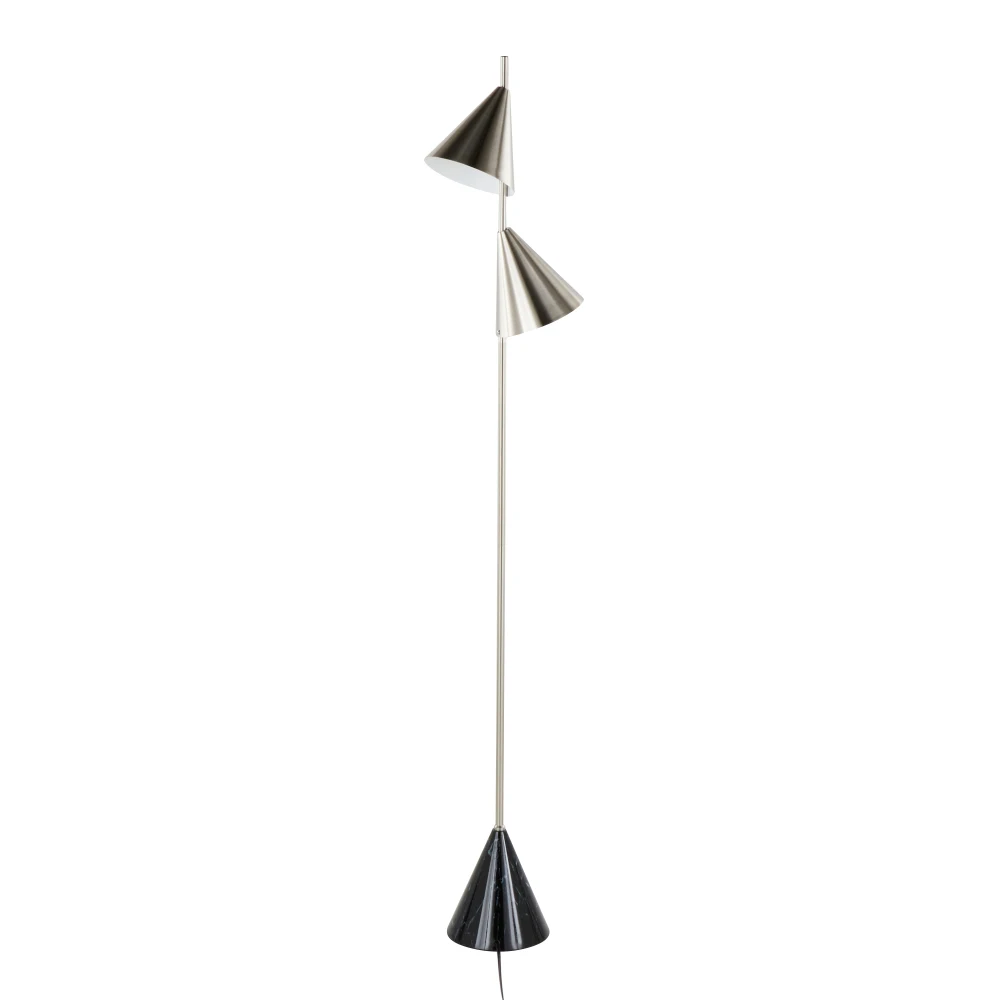
These versatile fixtures excel in several furniture scenarios:
- Floating furniture arrangements pulled away from walls
- Sectional sofas that need centered light without table placement
- Reading nooks where overhead lighting isn’t available
- Small spaces where table surface area is too valuable for table lamps
Contemporary arc floor lamps pair exceptionally well with modern furniture featuring clean lines and minimalist design. The graceful curve of the arc adds an architectural element that complements geometric furniture without competing with it.
When positioning arc lamps with furniture, place the base outside the main traffic path while ensuring the head extends 26-30 inches over the seating area. This provides ideal task lighting for reading or activities while creating a cohesive look. The weighted base should be visually balanced by substantial furniture nearby—placing an arc lamp next to a substantial sofa or sectional creates better proportion than pairing it with a delicate chair.
For maximum versatility, look for adjustable arc lamps that can be repositioned as your furniture arrangement evolves. This adaptability makes them excellent investments for dynamic living spaces.
Adapting Lighting to Evolving Furniture Needs
As your furniture needs change over time, your lighting strategy should evolve to match. Flexible lighting solutions allow your space to remain functional and beautiful through various transitions.
When rearranging furniture seasonally, consider how light sources will interact with the new layout. Summer arrangements might prioritize keeping furniture away from hot windows, while winter layouts might cluster seating closer to both heat sources and warm lighting. Portable table lamps and floor lamps allow you to maintain proper lighting relationships through these changes.
For multifunctional spaces, layered lighting controlled by separate switches enables different lighting scenarios for various activities. A living room that transforms into an occasional guest room benefits from ambient lighting for socializing plus targeted task lighting for reading in bed.
When updating furniture finishes or upholstery, reassess your lighting color temperature. Cooler fabrics and finishes might benefit from slightly warmer lighting to maintain balance, while warmer new materials might look best with slightly cooler light to prevent the space from feeling too warm overall.
Questions to consider when adapting lighting:
- When adding a new furniture piece, does it block any existing light sources?
- Does new upholstery react differently to your current lighting than the previous fabric did?
- Has the function of the furniture changed, requiring different lighting intensity?
- Does seasonal light change affect how your furniture is illuminated throughout the year?
By treating your lighting plan as a dynamic system that responds to your furniture needs, you’ll create spaces that remain beautiful and functional through all of life’s changes.

